How to make the best espresso? What coffee machine should you get for it? What other tools will you need? The ultimate espresso-making guide.
What is espresso coffee?
Espresso coffee is one of the most popular types of coffee, yet the ideal morning espresso appears differently in most people’s minds. There’s a difference between
- the one brewed at home in a stovetop pot,
- the one bought from the corner shop,
- the one dispensed from the office coffee machine,
- and the one made with professional lever-operated espresso machines.
And apart from that, there are many various espresso types too! In summer, I’m used to drinking iced espresso and espresso tonic. But once you dilute it with something, it loses its character.
An espresso is a black coffee measuring 25-35 ml without being diluted with anything. Its smaller sibling is the ristretto, which is only about 15-20 milliliters in volume.
Espresso is brewed using only 6-8 grams of coffee, extracted with 20-25 milliliters of water.
The doppio is twice the amount of espresso in terms of coffee and water quantity. If you’re looking for a stronger boost in the morning or want to wake up from your afternoon food coma, the Doppio is a better choice – as its caffeine content is higher.

Espresso’s caffeine content
The caffeine content depends on the coffee bean type (milder arabica or stronger robusta), the amount of water, and how long it’s prepared.
Many say, “I’ll have a strong espresso, please.” In reality, however, this is as far from the truth as possible – a strong espresso hardly exists, as we brew a small amount of coffee relatively quickly (compared to drip coffee or cold brew), which means it doesn’t extract as much caffeine from the coffee as it could.
And by the way, we’re only talking about 8 grams of coffee, while a drip coffee can contain up to 20 grams.
The caffeine content of an average espresso coffee is only about 40-70 mg (while a drip coffee can contain up to 200 mg). The recommended daily caffeine intake is a maximum of 400 milligrams. However, this varies individually – some might tolerate even 500 milligrams, while others might not feel comfortable after 250-300 mg.
Nevertheless, consuming more than 4 espresso coffees per day isn’t worth it.
How many oz is an espresso and a doppio?
The serving size is typically around 1 to 1.5 fluid ounces. The doppio is double size: 2-3 ounces.
How is espresso served?
Espresso is traditionally served in a small cup known as a demitasse. It’s a small, narrow cup designed to fit a beautiful shot of espresso. Most of the cafés I know also add a small spoon so you can stir and enjoy the crema of your coffee.
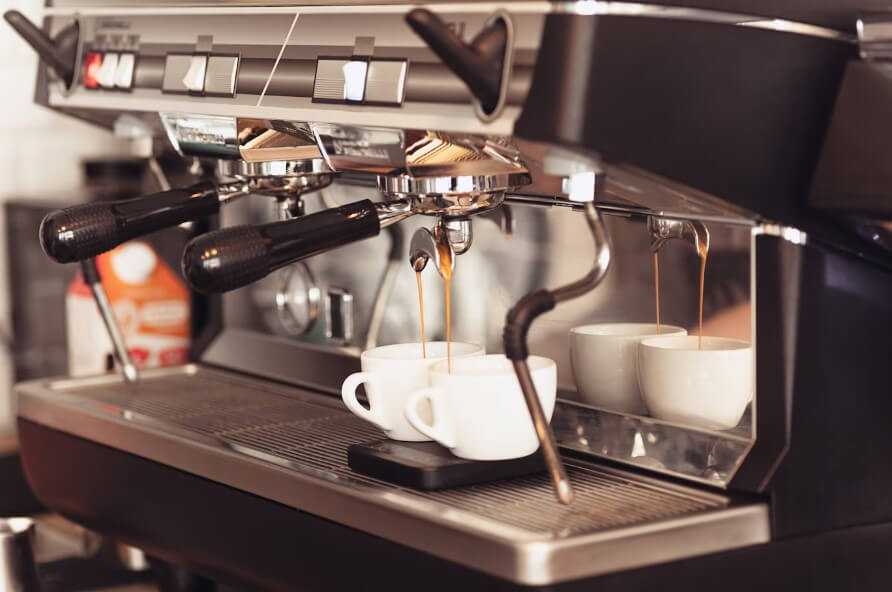
How to make an espresso coffee? It’s based on the coffee maker.
Before introducing you to the secrets of making espresso, let’s talk about where and what machine you can buy. Generally, people choose a different type of coffee maker for their homes than the high-end machines found in cafés, often belonging to price categories that can go into the hundreds of thousands.
But what are the ideal coffee makers for home use? The ones that make creamy coffee easily? The quick ones? That’s up to you – the question is whether you
- want to be a hobby barista with a medium-high-level espresso machine,
- enjoy a quick drink from your recently purchased Nespresso capsules,
- or if you’re favorite tool is a stovetop pot.
Espresso recipe
If you’ve chosen your machine, only one question remains: how do you make the perfect coffee?
First of all, what do you need?
- a tiny and elegant cup
- coffee water (Norda water)
- the highest quality whole coffee beans
- tamper
- scale
- stopper
- and a good quality grinder (if it’s not built-in – and usually it isn’t in lower price ranges)
Instructions:
- Make sure you’ve cleaned the machine thoroughly, and it’s sufficiently clean.
- Then, turn it on.
- Fill it with coffee water (or filtered water – but not tap water).
- Weigh the coffee amount with the scale (8 grams).
- Grind it to the appropriate particle size (more on that below).
- Pour it into the portafilter.
- Use the tamper to compress the grounds horizontally.
- Insert the portafilter into the machine.
- Then, press the button.
Tips and tricks
It’s good if the water flows through the coffee in about 25-30 seconds, resulting in a drink of about 1-1.5oz.
It’s important to avoid using tap water, as it can cause limescale buildup in the machine, and it might also negatively affect the taste of the coffee.
The coffee’s taste can turn sour or bitter
- if the machine isn’t cleaned properly
- or if the water is too hot, causing the grounds to get burnt.
The next crucial aspect is experimentation:
- If your grounds are too fine, your espresso might be dense, intense, and bitter.
- On the other hand, if the grounds are too coarse, the water will pass through too quickly, not extracting enough flavor and aroma from the coffee. Your drink might taste bland, acidic, or watery in such cases.
Experiment, experiment, and experiment: it’s best always to write down the preparation method and the outcome. This way, you’ll know what you’ve tried and what adjustments are worth making next time.
Over time, you’ll find the perfect recipe tailored to your preferences. From now on, Italian coffees might pale compared to the espresso you’ve created!
How to drink espresso?
One good approach is enjoying coffee in a way that suits one’s taste. So, add sugar if you want. Or honey. Or milk. But first, try your espresso ‘naked’ – so without adding anything to it. Taste it with sips; this coffee is meant to be savored in small lips.
Experience the flavors, note the crema, and take your time while enjoying your drink. But be careful, don’t wait till it gets cold.

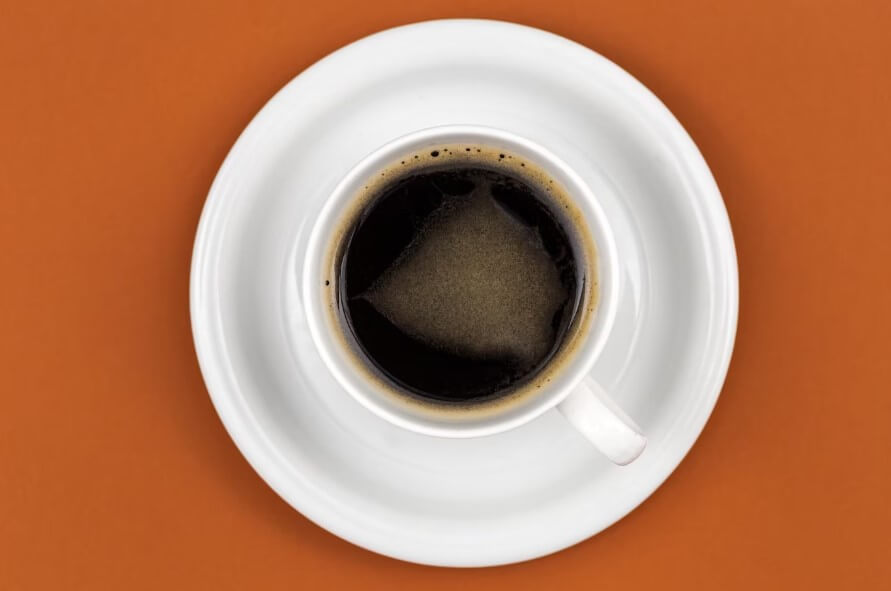
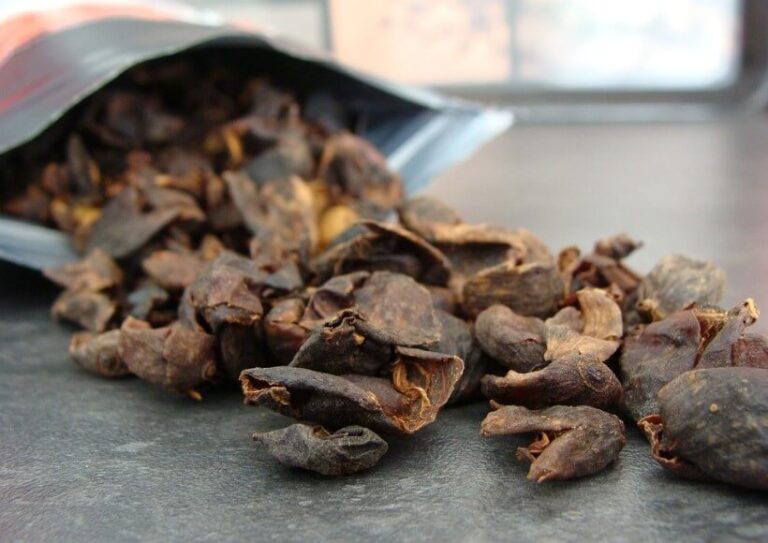
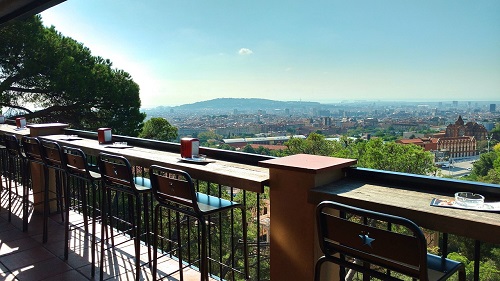
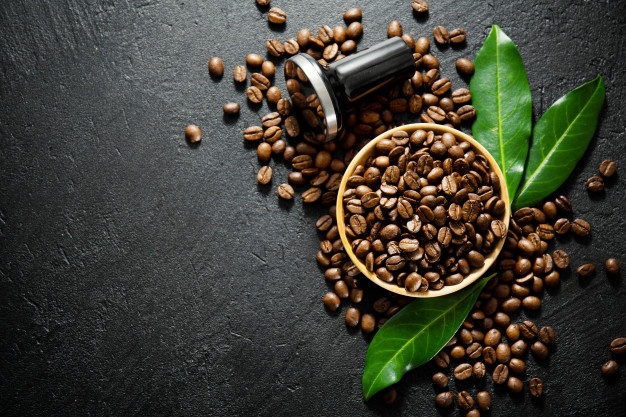
Leave a Reply